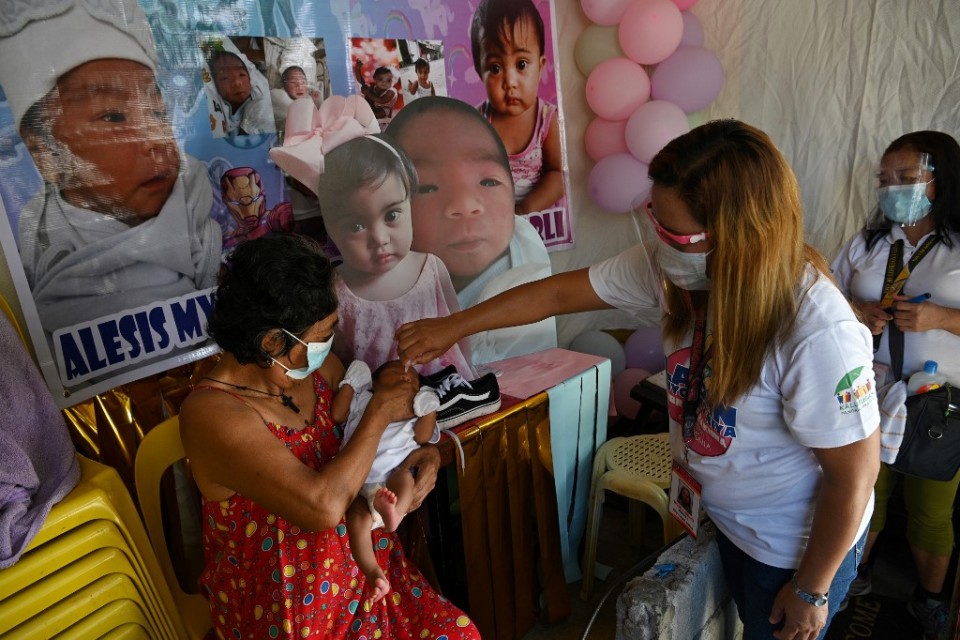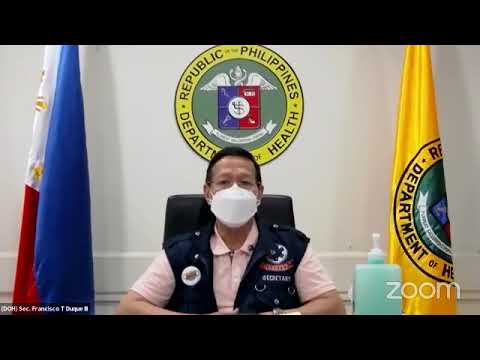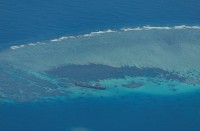
(Eagle News) — Starting today, Monday, Feb. 1 until Feb. 28, the Department of Health will hold the second phase of its Measles Rubella and Oral Polio Vaccine Supplemental Immunization Activity (MR-OPV SIA) amid the ongoing COVID-19 pademic and polio outbreak.
The Phase 2 of the vaccination campaign will be done in the Visayas Regions, National Capital Region, Central Luzon and CALABARZON and aims to immunize close to 10 million children.
“The Phase 2 MR-OPV SIA aims to vaccinate 5.1 million 9-59 months old children for the Measles Rubella (MR) vaccine and 4.8 million children 0-59 months old for Oral Polio vaccine (OPV),” the DOH said in a statement.
This follows the successful nationwide vaccination campaign against Measles Rubella and polio last year in Mindanao, Cordillera, Ilocos, Cagayan Valley, MIMAROPA and Bicol Regions with a coverage of 93% for Measles Rubella (MR) Vaccine and 89% for Oral Polio Vaccine (OPV).
-Triple threat of outbreaks-
The DOH said that this campaign was a “hard battle” for the DOH, all local government units, and other partners “considering the triple threat of outbreaks on top of the COVID-19 pandemic.”
“There is an ongoing polio outbreak which started last 2019, with cases detected from the Acute Flaccid Paralysis (AFP) surveillance and poliovirus isolates that were seen in environmental samples. At the same time, there is a threat of a measles outbreak and continuing spread of rubella virus in the country,” the DOH explained.
Health Secretary Francisco Duque III encouraged parents to have their children immunized for their protection, as he stressed that the measles, rubella and oral polio vaccines are “guaranteed to be safe, effective, and free.”
“Vaccination saves lives and prevents disabilities from such diseases. These vaccines can give our vulnerable children a good start at life so they can grow into healthy and productive adults. Above all, no child should be left behind,” Duque said.

Measles or “tigdas” as it is most commonly called in the Philippines, is one of the most contagious diseases in the world. It is characterized by high-grade fever, rashes, cough, sore eyes, runny nose and can lead to complications such as pneumonia, blindness, severe diarrhea, swelling of the brain, and even death.
Polio, on the other hand, is a potentially debilitating disease that causes fever, neck stiffness, muscle weakness, and can eventually lead to lifelong paralysis. To date, there is no specific treatment for both Measles and Polio, and the only reliable protection is through vaccination, the DOH advisory said.
“We can only halt an impending measles outbreak and stop the spread of polio if we vaccinate every eligible child. This is challenging but is necessary for the protection of our children. WHO and other partners continue to support the DOH and our frontline workers and local governments in addressing these multiple health threats,” said WHO Philippines Representative Dr. Rabindra Abeyasinghe.
WHO and UNICEF remain “committed in supporting DOH, as well as the national government and local government units, in ensuring that every child in the Philippines is vaccinated.”
“Amid the challenges of COVID-19, it is even more critical to reach the most vulnerable children and give them the opportunity to grow healthy and reach their full potential. With the continuous technical and financial support of our key partners USAID and US CDC, we look forward to yielding high coverage for this second phase of the MR-OPV SIA,” said UNICEF Philippines Representative Oyunsaikhan Dendevnorov.
(Eagle News Service)







